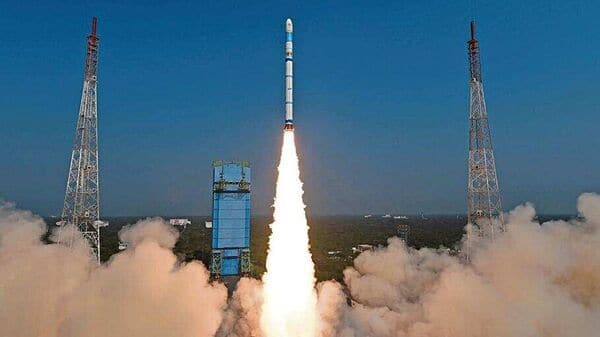What I want for ISRO is to come up with a rocket that can compete with SpaceX's Falcon rocket series and as well as the Starship rocket.
ISRO needs to come up with a payload for that first. India won't need an SHLV for next 10+ years.
It is inconceivable to me that SpaceX is beating ISRO and has more resources than ISRO even though it is a private company. ISRO should be able to marshall more resources than SpaceX.
SpaceX was a US state backed agency to ease pressure of NASA. It itself is an extension of American space program which by far is most advanced one on planet and has done & dusted things decades ago which most countries have not been able to do till date.
So it is very obvious that SpaceX outpaces ESA, RFSA, CNSA, ISRO and JAXA in terms of capabilities.
Certainly. It will be the mix of new fuel, Low weight motor such as composite motor (Like what we did in Agni V), Higher efficiency CE engine (already tested 21.8 tons thrust against 19 tons thrust), Increase in fuel etc. Name keeps on changing like GSLV3 became LVM3.
New configuration will be a series of Semi cryo powered rockets. Smallest NGLV will be similar to PSLV-CA with a capacity of 1.5-2 tonnes and biggest one being an SHLV. Besides Kerolox engines, a series of methalox engines will be developed (but may be used strictly for upper stages for decades). Interchangeable and stackable parts will allow flexibility of launch type. A reusable family will be developed based on same engines.
That's what ISRO's current long term plan for orbital launches is.
Science News: Like Elon Musk’s Space X, Indian Space Research Organisation (Isro) has the capability and technology to “configure a launch vehicle that has the lift

timesofindia.indiatimes.com
ISRO has the potential but where is the fund to carry out R & D and recruit new manpower?
All major six space powers, US, Russia, China, India, Japan and France have technology and in service engines that can be clustered to create SHLVs.
But where is the 50-100 tonnes spacecraft that India needs to launch? Off course unless India has a massive single piece space station to launch or a Gemini like spacecraft to land humans on moon. It's a wastage of money to book many taxis without passengers.
SCE-200 is the engine for future modular rockets. An Indian SHLV like Saturn V will be there when India will need one.
Seriously ISRO is too much underfunded. The space sector is dependent on huge funding, and we are allocating them paltry amounts.
Funding isn't a magical thing to solve every problems immediately. Research cycles have time and ISRO is barely able to spend money it is already given by government.
Further, new age space powers are not in a space race. We are developing sustainable space programs and they will be sustainable only if they are cost effective. Our mission is not to fly humans to moon one off and suddenly throw program in a cold bag but establish a permanent presence in space and make commercial gains from it, like mining etc..
India's overall purpose in space is about gains and not politics (though lately gone a bit with Gaganyaan). That's why commercial launches are more important than exploration missions.


